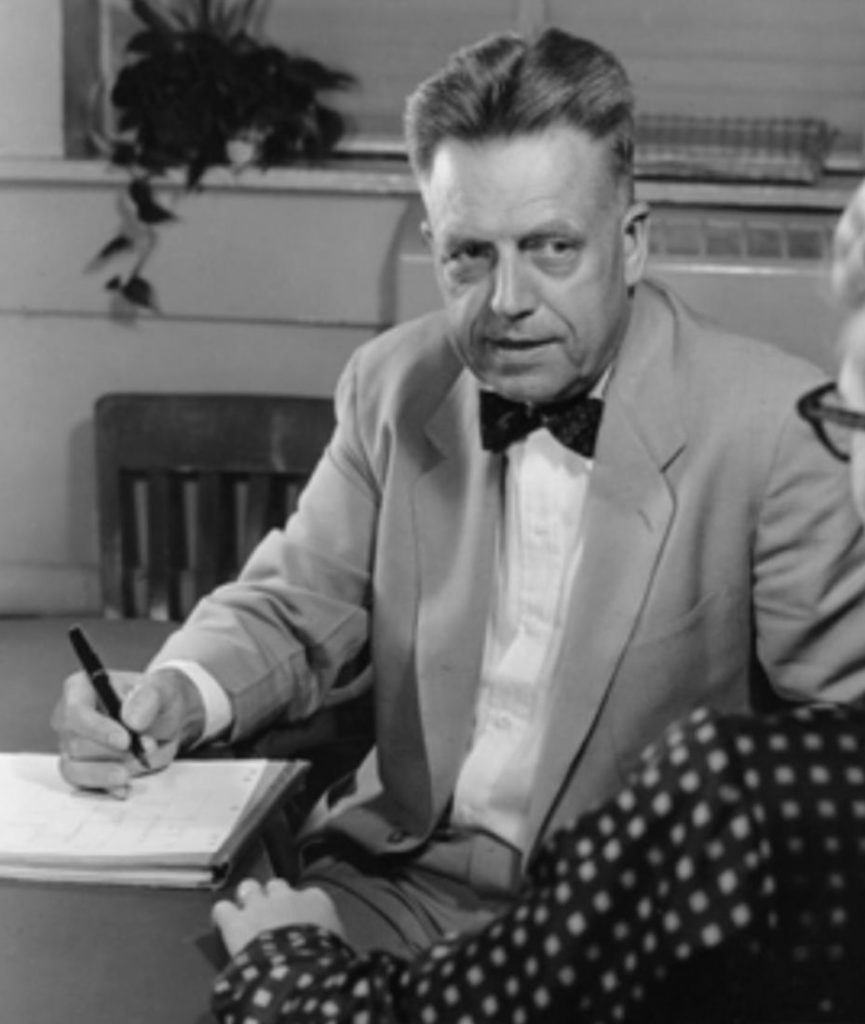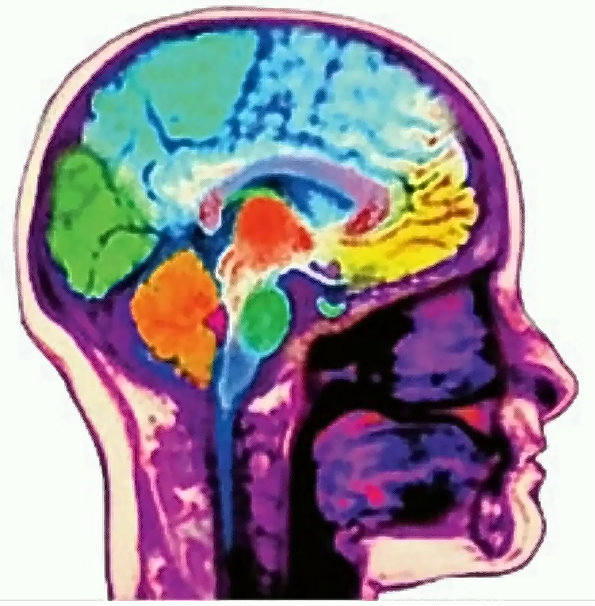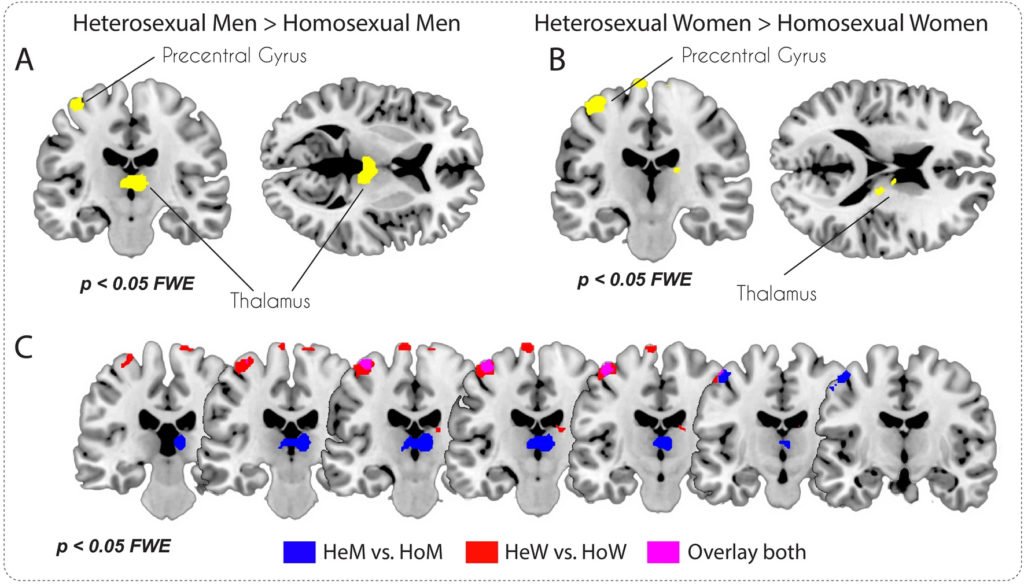The Biological Factors Behind Sexuality…
Though the LGBTQ community has made considerable social progress since the Stonewall Riots, they remain an embattled group, one whose hard-won rights can never be taken for granted. Weeks ago, in his decision overturning Roe V. Wade, Supreme Court Justice Clarence Thomas made it clear he believes gay marriage and sexual autonomy should not be rights.
The Science of Sexuality

As America’s far-right Christofascists ramp up attacks on anyone who isn’t a cisgendered heterosexual, it’s vital that the window of acceptable political discourse is not contorted by their homophobia. It is now a necessity to constantly reaffirm rationale reality, based on science and facts.
The religious right has long held that all non-heteronormative sexuality is a choice. In this framing, gay people chose to reject God’s will, abandoning “natural sexual relations for unnatural ones” (to quote Romans).
Science tells us differently. Studies of sexual orientation go back decades and include a range of fields. From Alfred Kinsey’s mid-20th century sociological surveys of sexual behavior to the more rigorous modern genetic research, it’s a topic well covered in the sciences.
No, science hasn’t found a “gay gene,” but it has found extensive evidence that sexual orientation is rooted in biological factors, both those inherent in genetics and those related to one’s environment.
Perhaps no one has shaped the science more than Dr. Simon LeVay who, in 1991, published a bombshell study that fundamentally changed our understanding of sexual orientation.
The work of Dr. Simon LeVay

In 1990, British neuroscientist Simon LeVay was conducting research at the San Diego-based Salk Institute for Biological Studies when his partner of two decades, Richard Hersey, died from AIDS. Struck by the loss, LeVay shifted the focus of his research to, as he told Discover Magazine, “something connected with my gay identity.”
LeVay’s new direction was rooted in the work of Roger Gorski and Laura Allen who, in 1989, published a groundbreaking finding: the third interstitial nucleus of the anterior hypothalamus (INAH3) which is the part of the brain that affects sexual behavior in humans, is bigger in males than females.
Taking this research even further, LeVay compared the INAH3 of straight and gay people. He found there was a pronounced difference in size between straight men and gay men, with the size of INAH3 in gay men being nearly the same as in heterosexual women. A separate study published in 2000 found that the INAH3 in homosexual men was not quite as small as in heterosexual women, but was indeed smaller than in heterosexual men.
Does the INAH3 affect sexual orientation?
So, what causes the size difference of the INAH3 in gay men? LeVay suggested three possibilities:
“One is that the structural differences were present early in life – perhaps even before birth – and helped to establish the men’s sexual orientation. The second is that the differences arose in adult life as a result of the men’s sexual feelings or behavior. The third possibility is that there is no causal connection, but both sexual orientation and the brain structures in question are linked to some third variable, such as a developmental event during uterine or early postnatal life.”
LeVay is skeptical of the second option because similar structures in animals do not change in adulthood, and due to the very close relationship between the two variables he finds the 3rd option unlikely. That leaves the most likely explanation being that the INAH3 takes shape in the womb and plays a part in determining sexual orientation.

Scientific truth
Since the Boomers, the percentage of people who identify as LGBTQ has doubled with each successive generation. More than 20% of adult Zoomers (born between 1997 and 2003) identify as something other than cisgendered heterosexual. Unsurprisingly, there is significant interest in understanding the underlying causes for sexual identity and orientation.
Regardless of the causes, the scientific consensus is that homosexuality is a naturally occurring phenomenon in mammals, no more curious than red hair or left-handedness – all traits that have been discriminated against throughout human history.
Clearly, we shouldn’t think of sexuality in the binary of hetero- and homosexuality, but rather as a spectrum of sexual desire. Just as there are many shades of color between blond and black hair, there are numerous expressions of sexuality between what we traditionally think of as straight and gay.
From underlying epigenetic code, to fundamental changes in brain structures, an increasing body of evidence supports the obvious conclusion: homosexuality is not a choice. It is a biological reality, one to be celebrated as a marker of human diversity, not vilified and criminalized.

